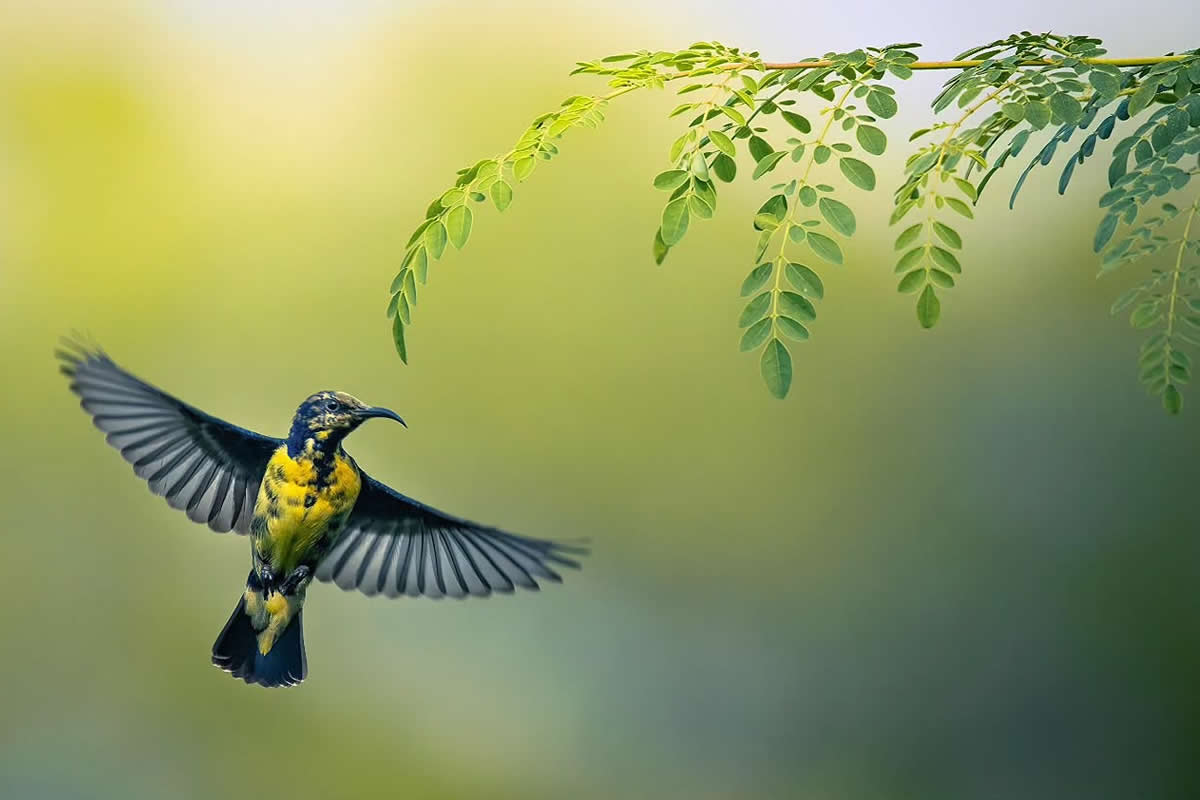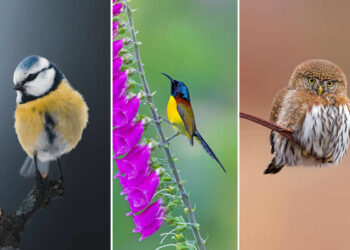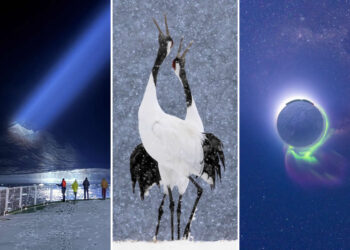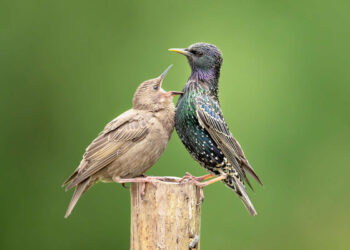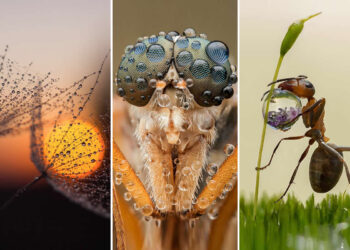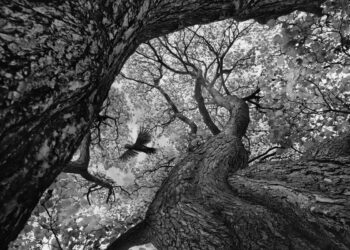Bird photography is an exciting and rewarding pursuit, but it also comes with its own set of challenges. Birds are fast-moving, often elusive, and can be difficult to capture in perfect detail. Whether you’re a beginner or looking to refine your skills, these ten essential tips will help you take stunning bird photos while enjoying the process.
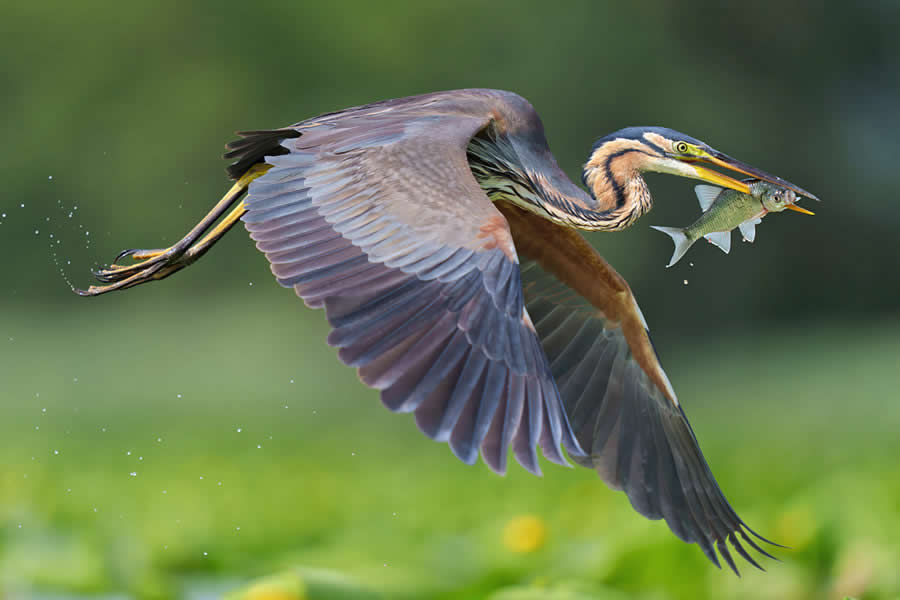
Photo by: Antonio Aguti
1. Get the Right Gear
- A DSLR or mirrorless camera with a fast autofocus system is ideal.
- Use a telephoto lens (300mm or longer) to capture birds from a distance.
- A sturdy tripod or monopod helps stabilize your shots.
- Consider a camera with a high frames-per-second (FPS) rate for action shots.
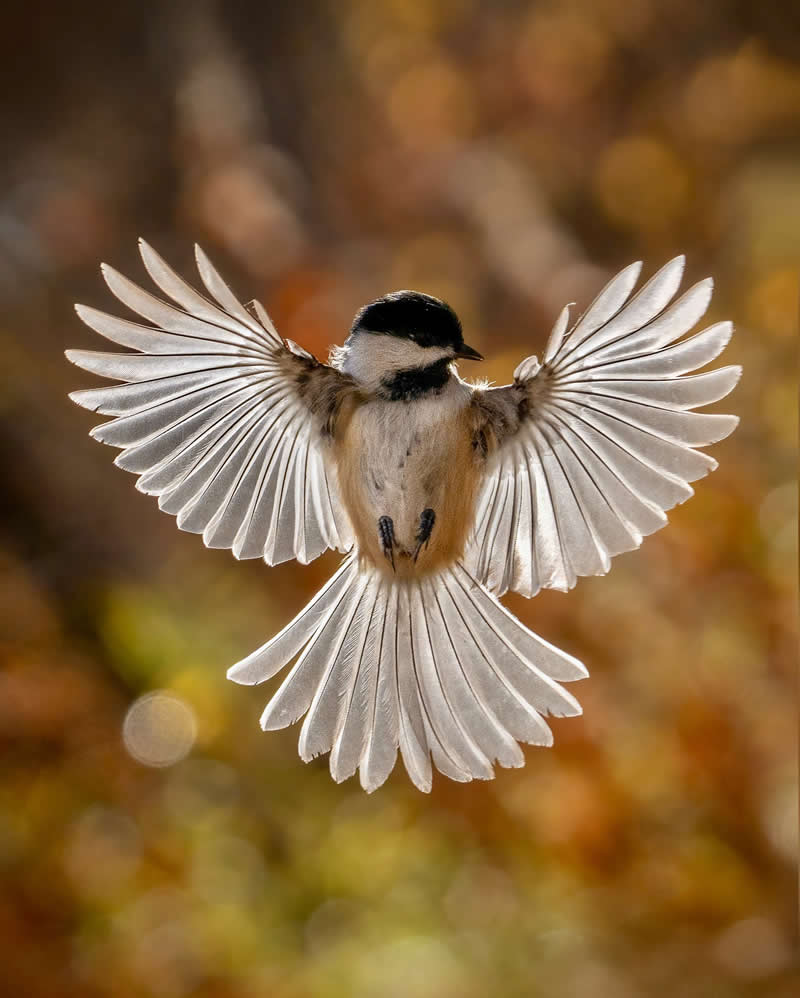
Photo by: Jared VanderMeer
2. Understand Your Camera Settings
- Use shutter priority mode or manual mode to freeze motion.
- A fast shutter speed (1/1000s or faster) helps capture birds in flight.
- Adjust ISO to balance light and avoid noise in low-light conditions.
- A wide aperture (low f-number) helps blur the background and keep the bird in sharp focus.
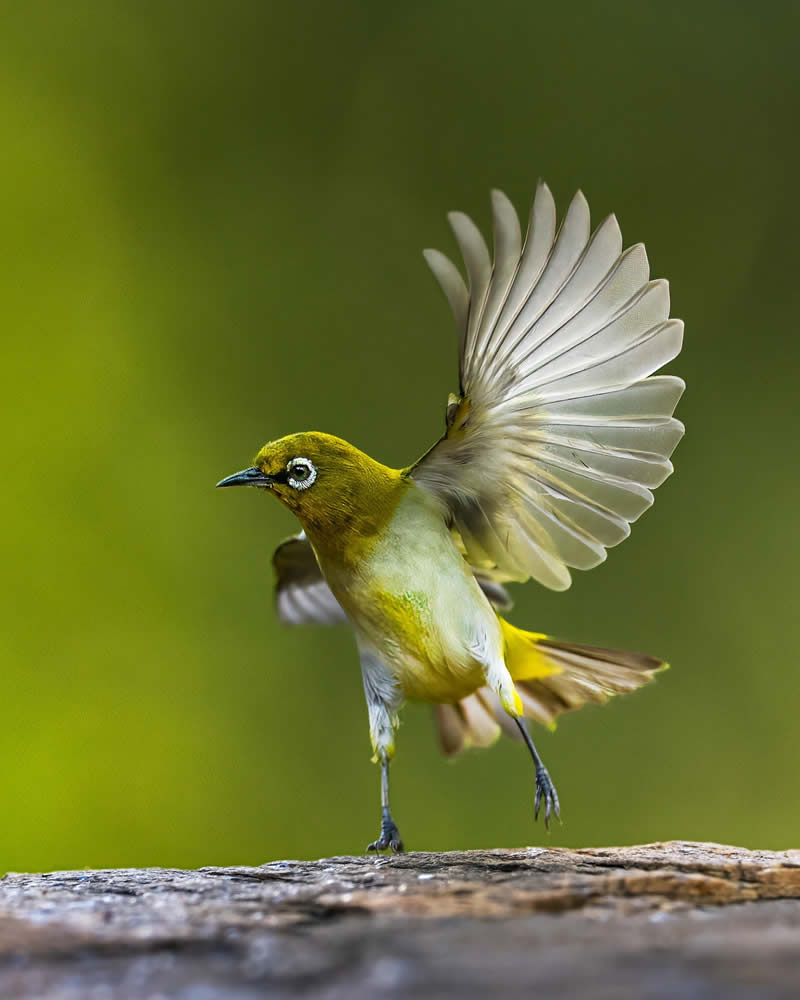
Photo by: Subhash Saraff
3. Know Your Subject
- Research bird species to understand their behaviors and habitats.
- Learn the best times of day to find specific birds (often early morning and late afternoon).
- Observe how birds move, feed, and interact to anticipate great shots.
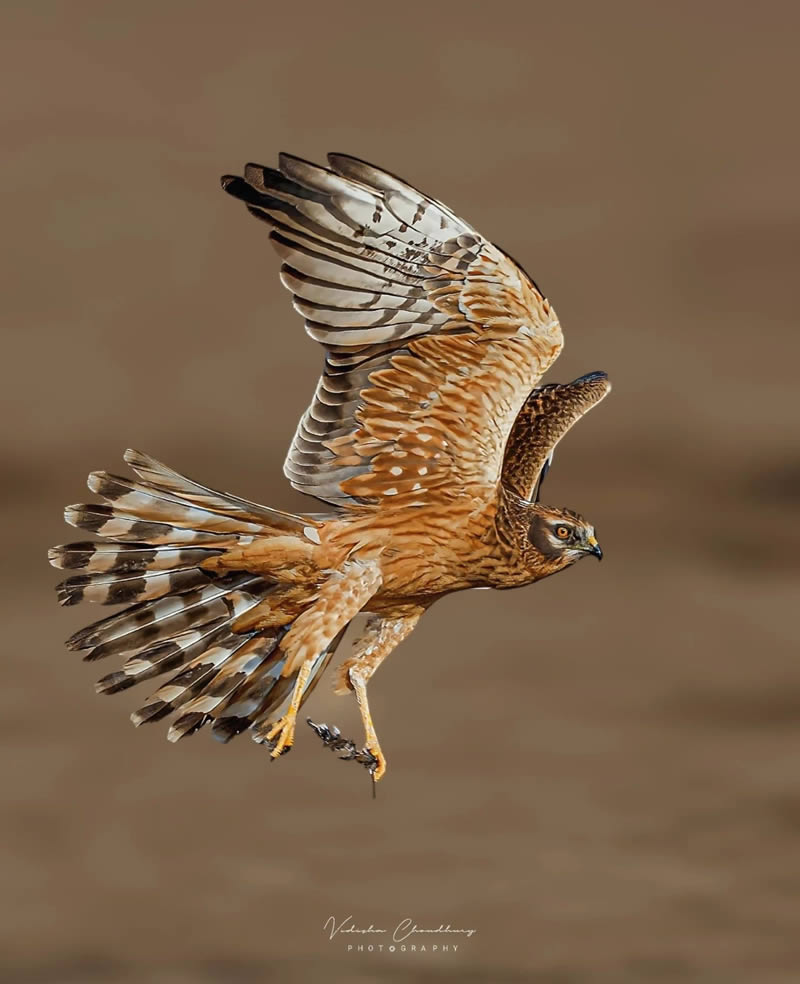
Photo by: Vidisha Choudhury
4. Master the Art of Composition
- Follow the rule of thirds to create a balanced and visually appealing image.
- Leave space in the frame for the bird to "move" into.
- Pay attention to backgrounds—a cluttered background can distract from the bird.
- Experiment with different angles and perspectives.
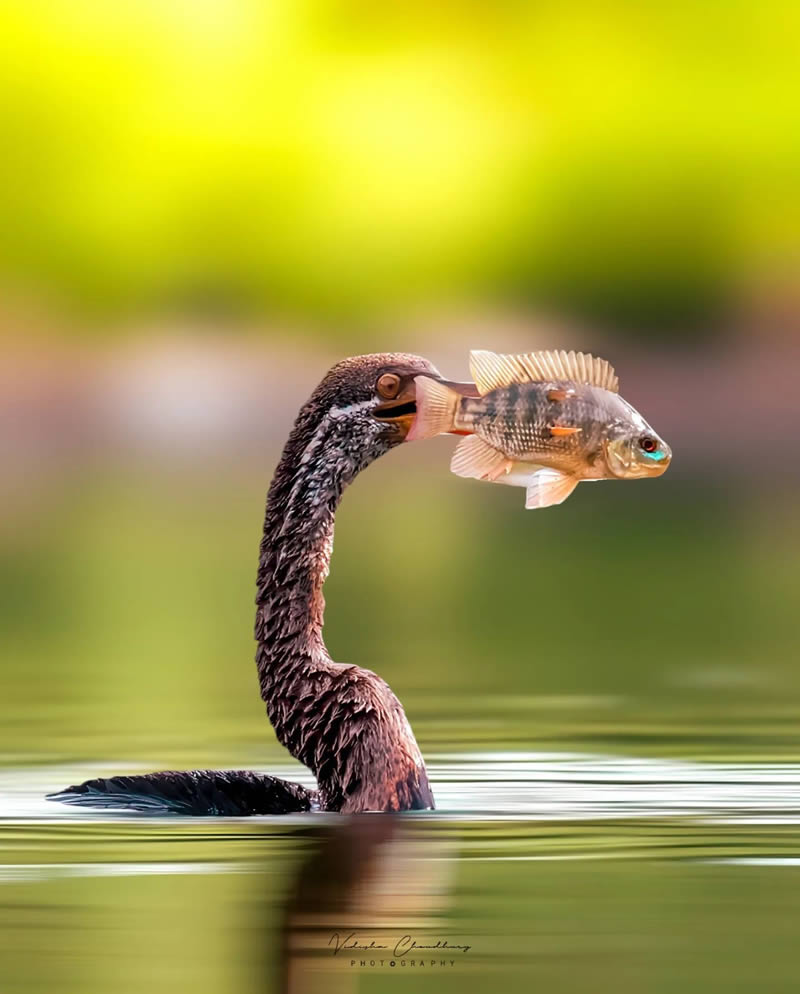
Photo by: Vidisha Choudhury
5. Focus on the Eyes
- The eyes should always be sharp and in focus, as they bring the image to life.
- Use single-point autofocus to precisely lock onto the bird’s eye.
- If the bird is in motion, use continuous autofocus (AI Servo/AF-C) to track its movement.
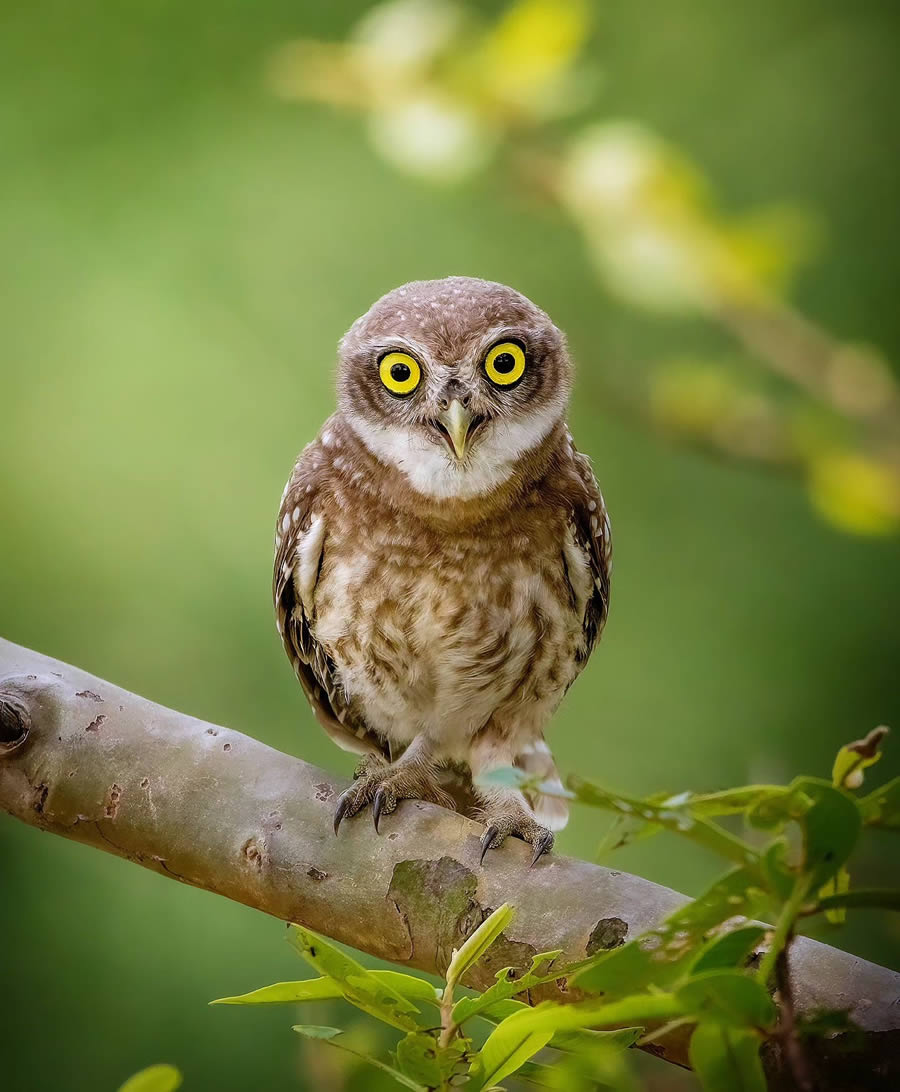
Photo by: Arnab Roy
6. Practice Patience and Stealth
- Move slowly and avoid sudden movements that may scare birds away.
- Wear muted or natural-colored clothing to blend into the environment.
- Use a blind or hide to get closer without disturbing them.
- Stay still and let the birds come to you instead of chasing them.
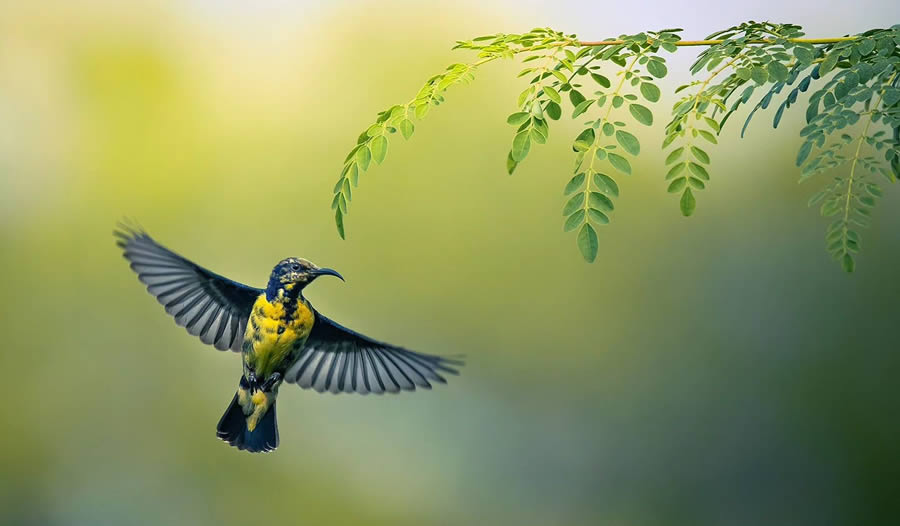
Photo by: Arnab Roy
7. Use Natural Light to Your Advantage
- The golden hours (early morning and late afternoon) provide the best lighting.
- Avoid harsh midday light, which can create strong shadows.
- Position yourself so the light hits the bird’s face, enhancing details and colors.
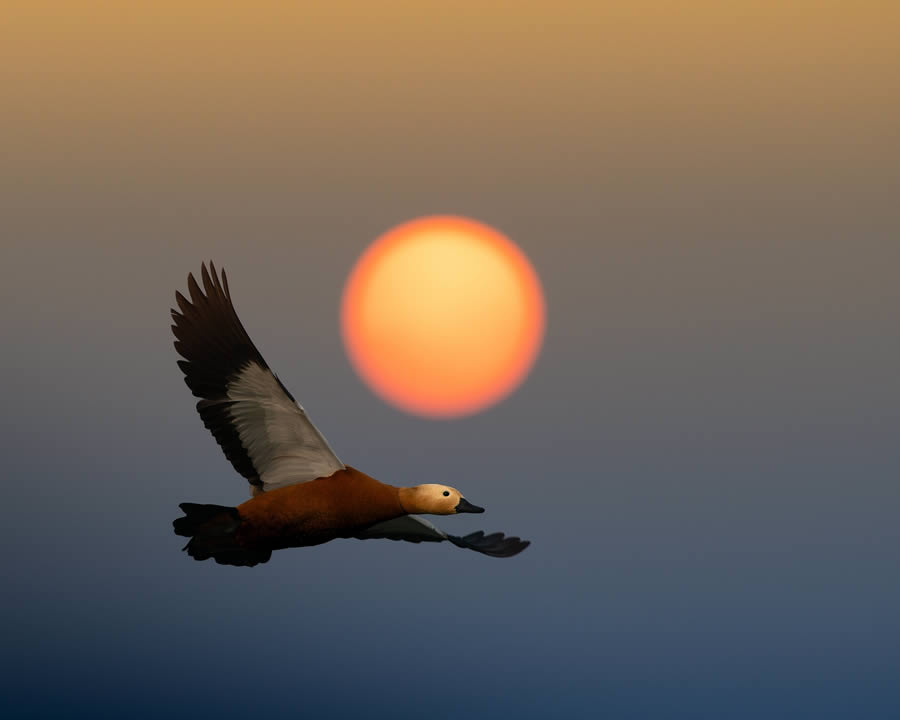
Photo by: Mainak Halder
8. Capture Birds in Action
- Birds in flight or mid-motion create dynamic and exciting images.
- Use burst mode (continuous shooting) to increase your chances of capturing the perfect shot.
- Look for behaviors like feeding, preening, or interacting with other birds for interesting compositions.
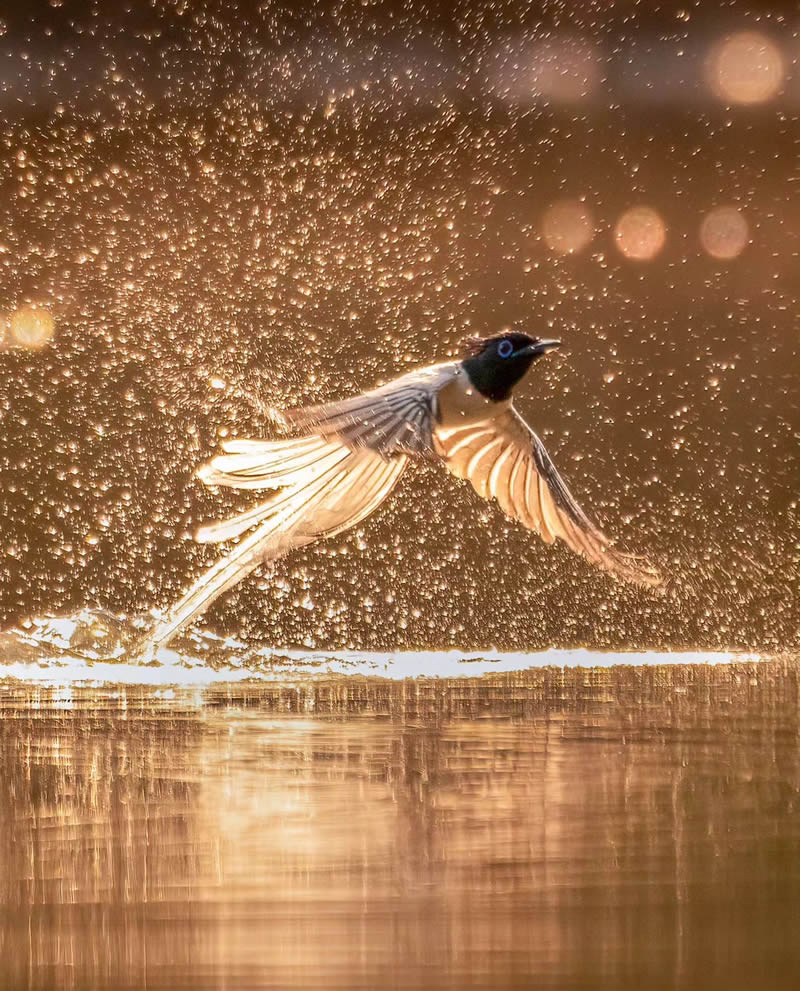
Photo by: Abhijit Mishra
9. Respect Wildlife and Their Environment
- Never disturb nesting birds or disrupt their natural behaviors.
- Keep a respectful distance and use a long lens instead of getting too close.
- Follow ethical guidelines and avoid using bait or recorded bird calls excessively.
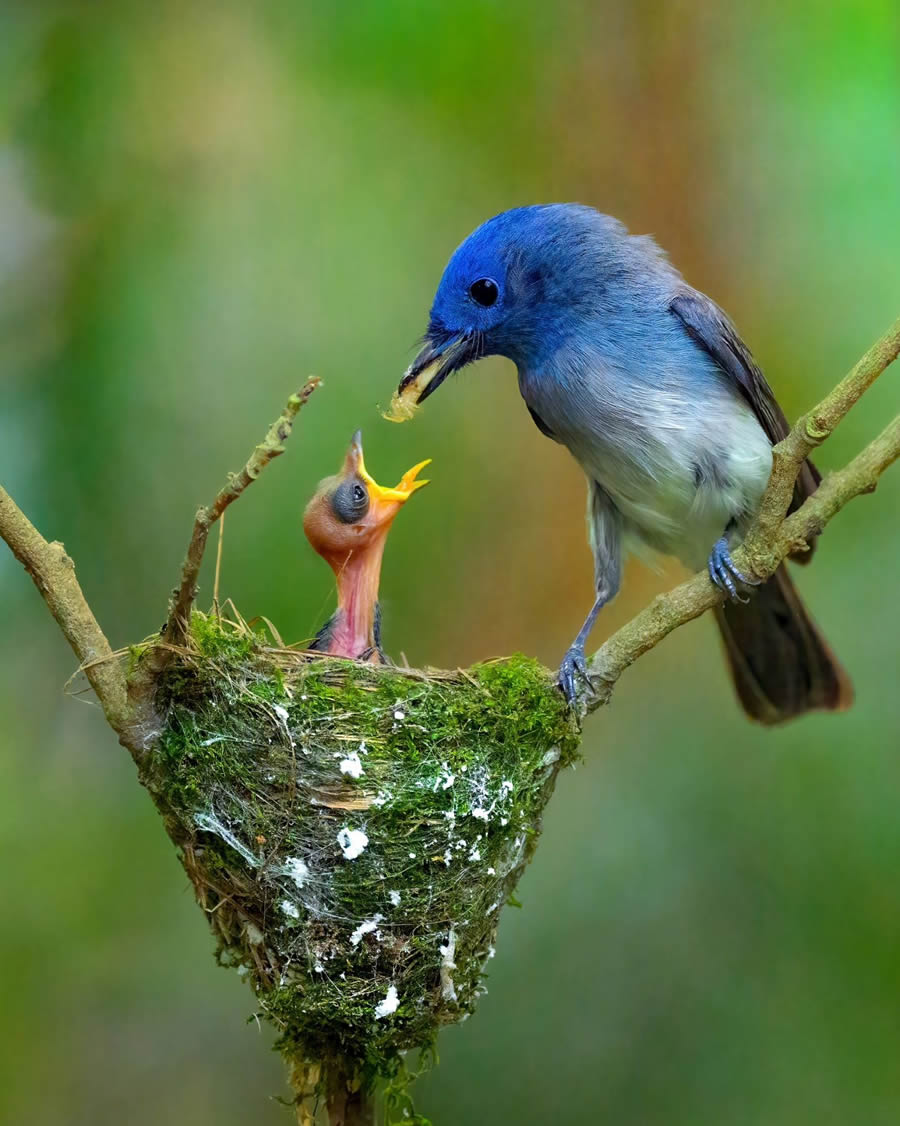
Photo by: Kalyan Acharya
10. Keep Practicing and Experimenting
- Review your shots and learn from your mistakes.
- Try different settings, angles, and lighting conditions to improve your skills.
- Join bird photography groups or online communities to gain inspiration and feedback.
- The more you practice, the better you’ll become—so keep shooting!
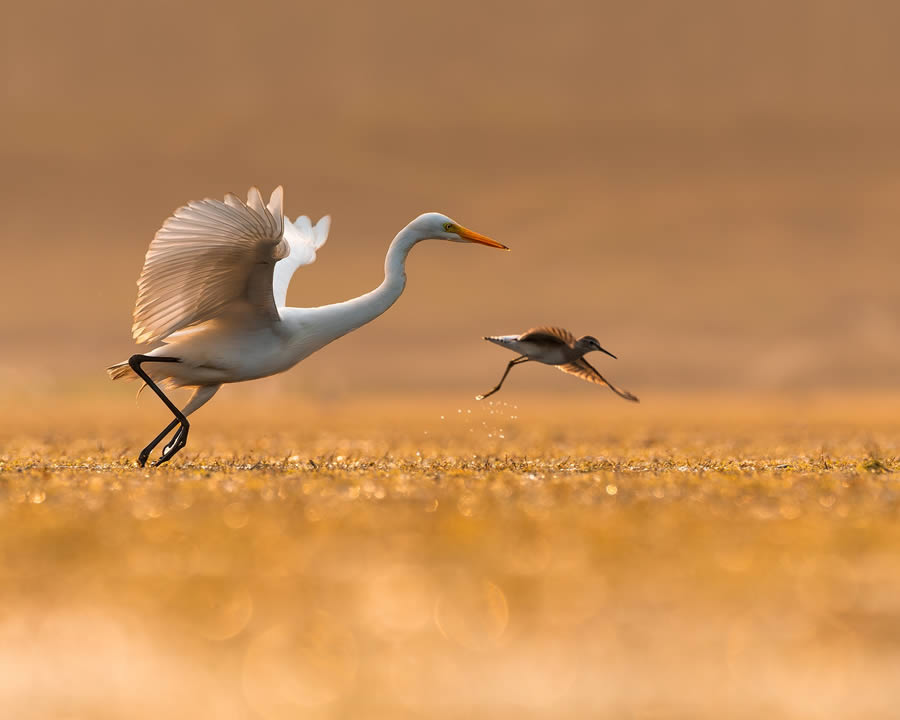
Photo by: Mainak Halder
Conclusion
Bird photography is both an art and a challenge, requiring patience, knowledge, and the right techniques. By following these ten essential tips, you’ll be well on your way to capturing breathtaking bird images while respecting and appreciating nature. So grab your camera, head outdoors, and start capturing the beauty of birds in the wild!

